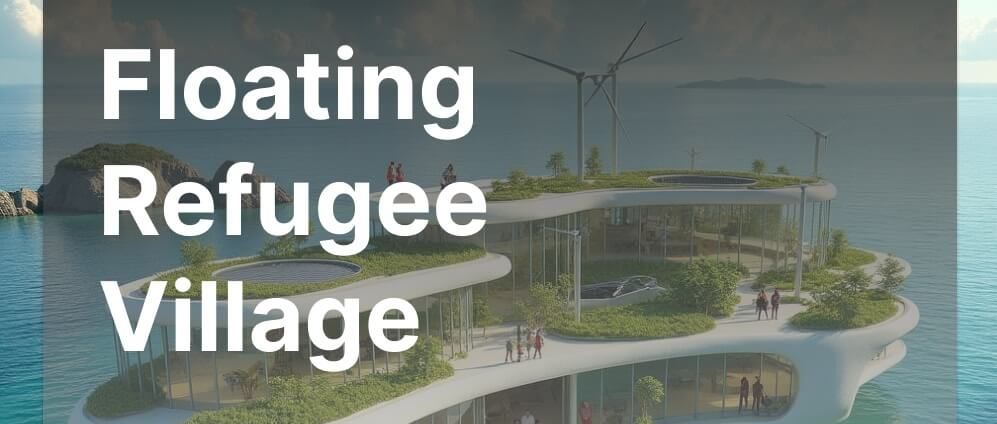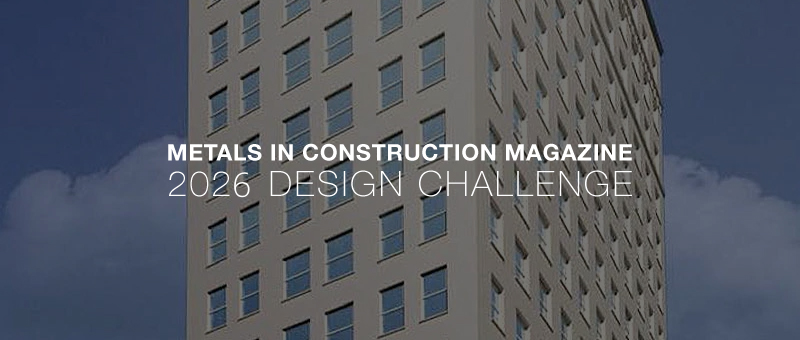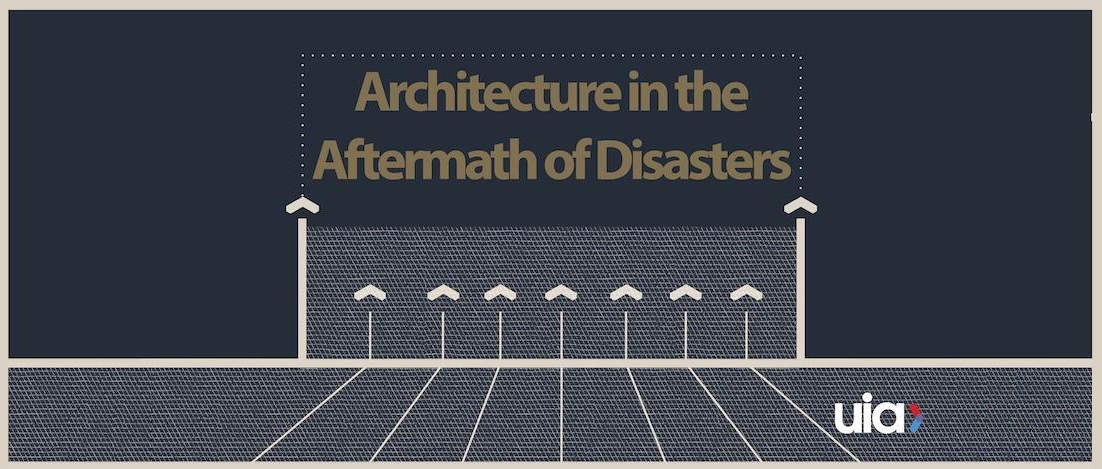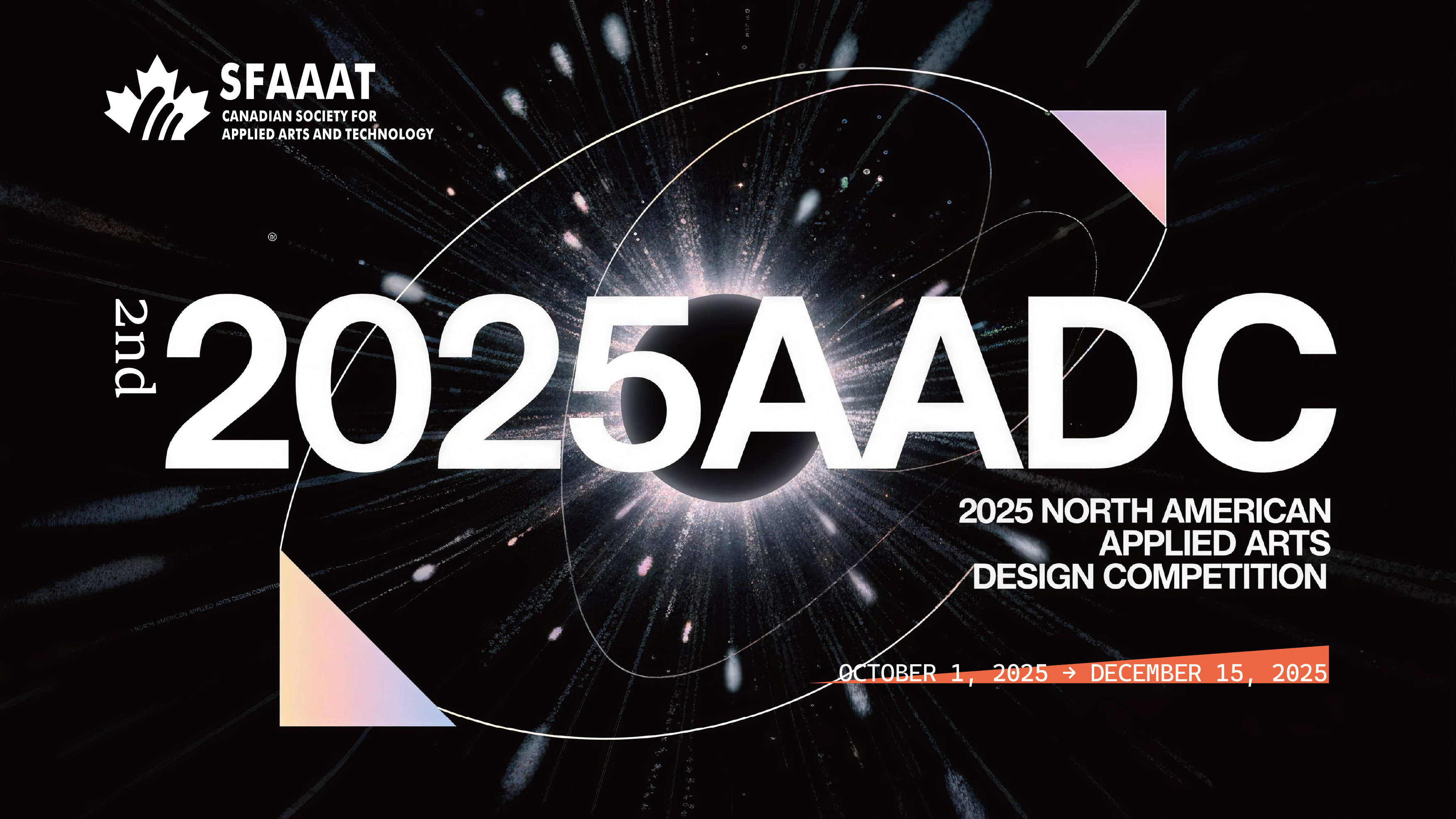Premise
With rising sea levels and intensifying climate events, coastal populations worldwide face unprecedented displacement, creating a new generation of climate migrants. Traditional land-based refugee solutions are often temporary, resource-intensive, and fail to provide long-term dignity or stability. This competition challenges architects and designers to radically rethink humanitarian architecture by proposing a new paradigm: a buoyant, self-reliant community. The Floating Refugee Village is envisioned not as a temporary camp, but as a permanent, adaptable, and thriving habitat that harmonizes with its aquatic environment, offering a resilient future for those displaced by our changing planet.
Objective
The primary objective is to design a modular and scalable Floating Refugee Village prototype for approximately 1,000 residents. The proposal must be a fully integrated, self-sustaining ecosystem. Key design components must include residential modules, community spaces, educational and healthcare facilities, and areas for commerce. Central to the design is the integration of closed-loop systems, including renewable energy generation (solar, tidal, and/or wind), advanced hydroponic and aquaponic farms for food security, and innovative water desalination and waste management systems, creating a model for resilient off-grid living.
Site
Participants are to select a conceptual site located in a sheltered coastal region or a large, calm inland waterway susceptible to climate-induced displacement, such as a delta in Southeast Asia or a protected bay in the Pacific Islands. The specific geography is flexible, but the design must respond to the chosen location's environmental conditions (e.g., tidal patterns, sun exposure, prevailing winds, and potential storm surges). The proposed village should occupy a total water surface area ranging between 15 to 25 hectares, ensuring sufficient space for all programmed activities and potential future expansion.
Constraints
All proposals must adhere to the principle of radical sustainability. Structures should be designed using buoyant, durable, and eco-friendly materials, prioritizing recycled or bio-composite components. The entire village must operate off-grid, generating 100% of its energy needs through integrated renewable sources. The design must feature a comprehensive food production system capable of supplying a significant portion of the residents' nutritional needs. Furthermore, the village must be a modular system, allowing for phased construction, scalability, and easy reconfiguration or relocation. The structural design must demonstrate stability and resilience against marine conditions, including a 50-year storm event.
Evaluation
Criteria
Submissions will be judged on four key pillars.
Innovation and Vision (30%) will assess the originality and strength of the architectural concept in addressing the climate migrant crisis.
Sustainability and Self-Sufficiency (30%) will evaluate the effectiveness and integration of the energy, food, water, and waste systems.
Community and Livability (20%) will focus on the quality of life for residents, the design of social spaces, and the creation of a dignified human-centric environment.
Feasibility and Scalability (20%) will judge the proposal's structural logic, cost-effectiveness, modular design, and its potential for replication in different contexts.
Budget
While this is a conceptual competition without a fixed budget, proposals must demonstrate economic viability and long-term affordability for implementation by international aid organizations or non-governmental bodies. Participants are required to submit a preliminary cost-benefit analysis, outlining the estimated cost per residential module and per capita. The design should prioritize low operational and maintenance costs through the use of durable materials and passive design strategies. The ultimate financial goal is to create a model that is significantly more cost-effective and sustainable over its lifecycle than traditional, land-based displacement camps.
-
官方网站/Official Website













